How to Preserve Flowers: Easy Techniques to Keep Them Forever
Learn how to preserve flowers with simple methods like air drying, pressing, and resin. Step-by-step guide for beginners to keep your blooms fresh and lasting.
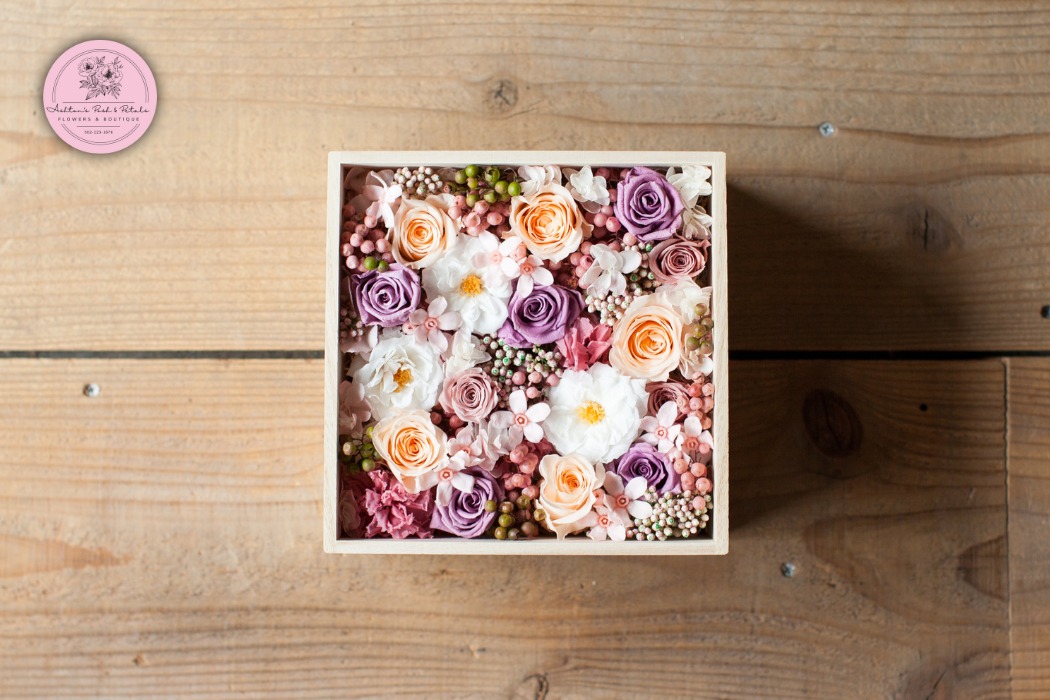
Flowers have always been more than just decorations. They carry meaning, memories, and feelings. When someone brings you flowers, they may be expressing how they feel, love, friendship, or happiness. While we would like them to live forever, fresh flowers are beautiful when they are newly picked.
As birthday flowers, anniversary presents, wedding memories, or for other important occasions, most people would prefer to keep them for a very long time. The good news is that flower preservation is possible and not as difficult as most beginners think.
You may create memorable experiences of important moments and maintain the beauty of your flowers if you approach them properly.
This article will guide you through a variety of flower preservation techniques. You can try these strategies at home without any confusion because it is written in clear, easy-to-understand language and were created with beginners in mind. In the end, you will know how to keep flowers preserve too quickly and how to turn them into everlasting memories. Let’s explore it:
Why Preserve Flowers?
Understanding the importance of flower preservation is the first step. Good memories are often associated with flowers. Consider receiving a bouquet or a modest arrangement of roses from a special someone on your wedding day. It seems like a piece of that experience is being lost as soon as the petals begin to dry. You can keep those memories close at hand and view them whenever you'd like by preserving flowers.
Creative expression is the other explanation. You can use preserved flowers for crafts, decorations, or even framed artwork. They remind you of memorable moments and bring nature into your home. You may give flowers new life instead of throwing them away when they begin to dry.
Finally, flower preservation is pleasant. Possessing a skill that requires focus, perseverance, and creativity can be satisfying. Beginners typically find it calming because it's a slow, simple, and focused activity. These are just a few of the many homemade flower preservation tips you can follow to keep your memories alive.
The Basics of Flower Preservation
Let's clear up a few basic ideas before moving on to the techniques. Water is present in the petals and stems of flowers, just like in any other plant. They begin to lose that water and wilt when they are clipped. In order to keep the color and shape of flowers, fixing them usually involves removing or swapping out the moisture.
Air, temperature, and light also play a role. Mold grows when there is too much moisture in the air, and too much sun bleaches out the natural colors. For preservation, a dry, cool, and dark place is usually ideal. Whatever you decide to achieve, you will succeed if you pay attention to these factors. Let’s discuss multiple ways of preservation:
Best Ways to Preserve Flowers
There are various ways that make flowers preservation possible. You can go with any according to your taste. Let’s get into:
1. Air Drying Flowers
A simple and traditional technique for flower preservation is air drying. It works well on most flowers, especially those with strong petals like lavender, baby's breath, or roses, and requires very little equipment. First, pick blooms that aren't totally open or severely damaged. The best flowers are those that are in the middle of blossoming since they will naturally hold their shape. Remove any extra leaves from the stems, then secure the stems together using a rubber band or string.
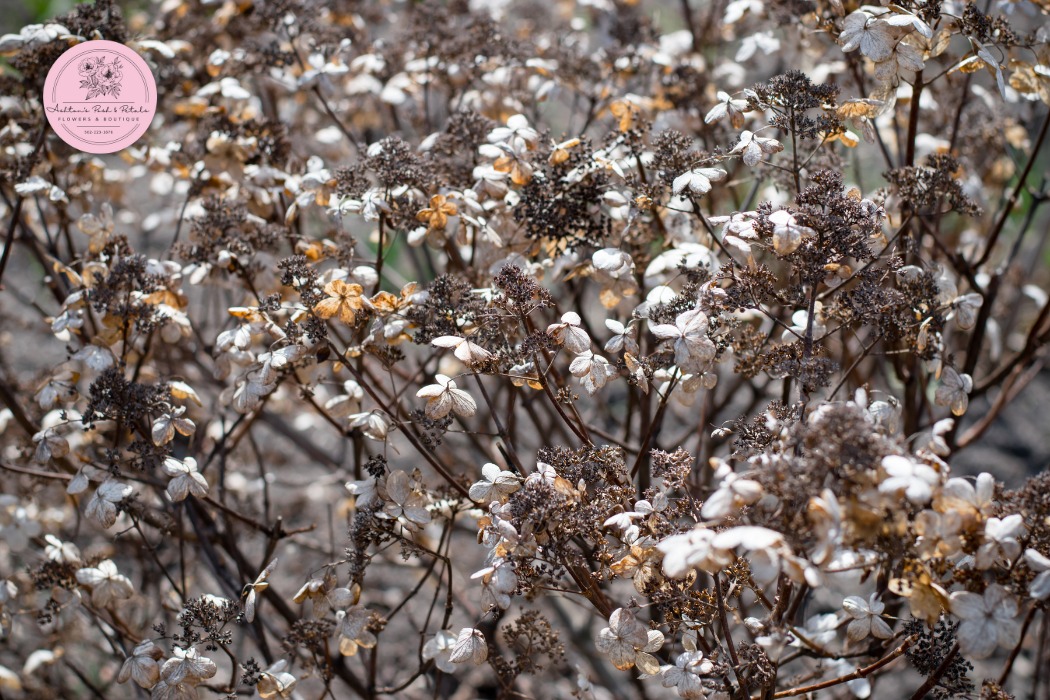
Flowers should be placed upside down in a cold, dry, and dark space.
Make sure there is enough space for them to be moved by air. Usually, it takes one to three weeks for the blossoms to completely dry. They will feel crispy to the touch when they are ready.
Dried flowers do last for months or even years, but their classic beauty is lost, and the colors may fade a little. For decorating, they can be placed in shadow boxes, bouquets, or flowers. This method is often considered one of the best ways to preserve flowers at home.
2. Pressing Flowers
If you want flowers that are flat for display in books, frames, or notebooks, pressing them is an easy technique that is suitable for beginners. In certain cases, pressing maintains color better than air drying, and it works especially well for flowers with thin petals, such as daisies, pansies, or violets.
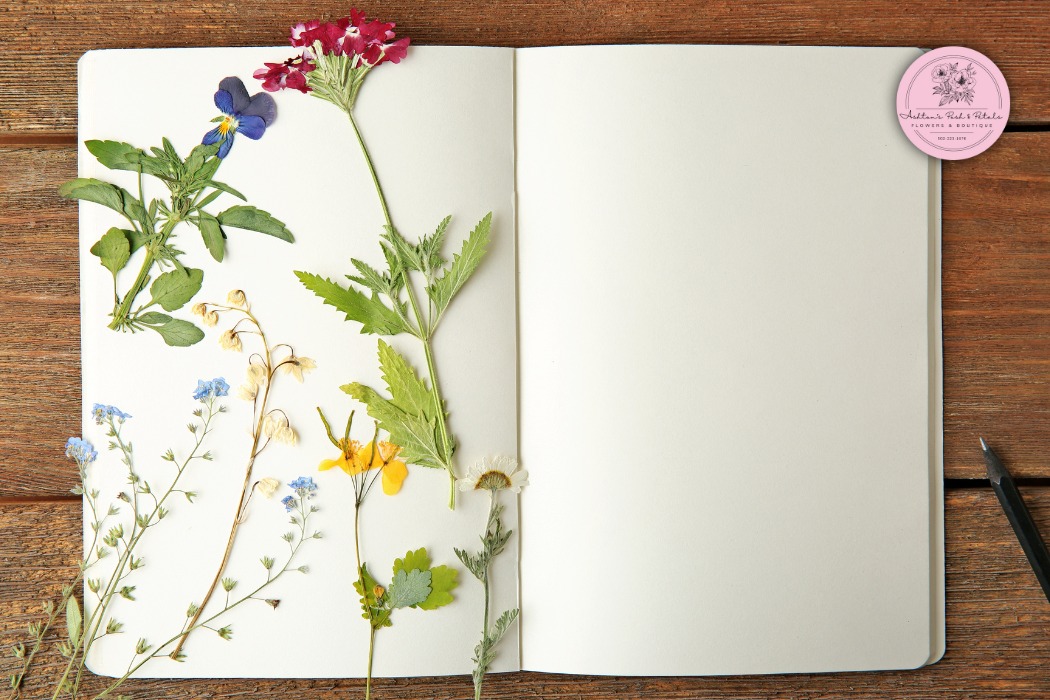
A heavy book or flower press is necessary for pressing flowers. Press the book or gently close it after sandwiching the bloom between two sheets of fresh paper. If needed, place more weight on top. Give the blossom two to four weeks to rest. This will cause the moisture to gradually evaporate, leaving the flower flat but preserving its natural beauty.
Pressed flowers are perfect for artwork, bookmarks, greeting cards, and scrapbooks. After preserving them, handle them carefully because they are precious. Many people especially love pressing wedding flowers to keep their special day alive forever.
3. Silica Gel Drying
Silica gel drying is a good choice for people who want flowers that are as close to fresh as possible. Silica gel is a desiccant that softly and quickly absorbs moisture. This method keeps flowers from losing their shape and color brightness, unlike pressing or air drying. To use silica gel to dry flowers, find an airtight container and cover the bottom with a layer of the gel.
Place your flowers on top, making sure they are spaced apart. Next, carefully apply silica gel to the blooms until they are completely covered. Tightly seal the container and leave it alone for about a week. The blooms will be dry but vibrant when you open them. Since silica gel can be reused, it will ultimately cost less. Lilies, roses, and other large flowers go well with it. For those wondering how to preserve a rose to last forever, silica gel is one of the most effective options.
4. Glycerin Preservation
The use of glycerin is another interesting method. Instead of completely removing the moisture, glycerin replaces the natural water found in the stem and petals of the flower. This keeps them from becoming dry and cracking and instead keeps them soft and flexible. To apply this method, mix two parts warm water with one part glycerin.
Place your flowers in a vase and immerse their stems in the solution. The glycerin will seep into the flowers in two to three weeks, giving them a preserved look and texture. Although it can also be used to flower, this method works especially well for leaves and greenery. The soft texture produces extremely different outcomes from previous techniques, although the color will get a little darker. Among many DIY flower preservation methods, this one is especially popular for its unique results.
5. Using Resin for Long-Term Preservation
A new technique called resin allows you to embalm flowers in a solid, glassy surface. This is perfect if you want to use your flowers to make ornaments, paperweights, or jewelry. The flower is trapped by resin, which keeps its color and form for many years.
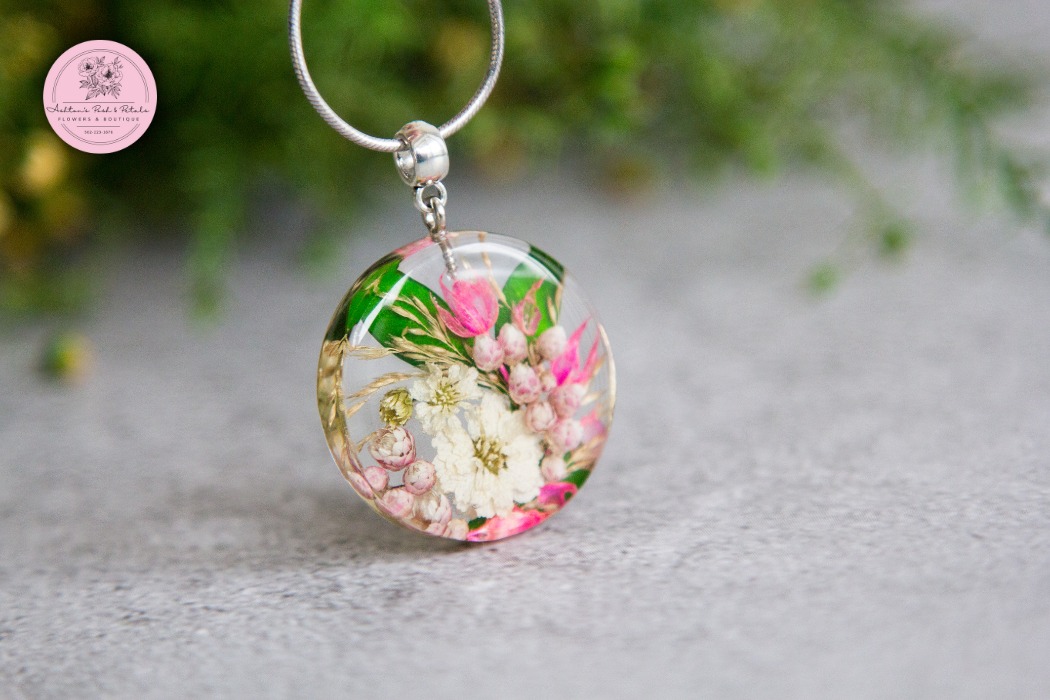
With the right instructions, beginners may buy resin kits online. Liquid resin must be mixed, the flower must be placed within a mold, and the resin must be allowed to dry. Compared to other methods, it requires more patience and care, but it will be beautiful and last longer. This is an excellent method for those searching for how to keep flowers fresh forever in creative ways.
6. Microwave Drying for Quick Results
Microwave drying is a helpful method for the beginner who wants to quickly dry off flowers. It works similarly to silica gel drying, but far more quickly. You have a microwave, silica gel, and a microwave-safe container. After placing the flower in the container and covering it with the silica gel, microwave it for a few minutes on low power. Once the bloom has cooled, carefully remove it and let it rest for a day.
This method saves time while preserving the blooms' shape and hue. When you want to preserve flowers the same day they are delivered, this is a great tool to use. However, because too much heat might damage delicate petals, it requires particular handling.
Creating Decorative Displays
What to do with flowers after they have been preserved is the next concern. Dried bouquets can be used in a variety of ways, although some people like to use them as simple decorations in vases. Pressed flowers can be used to decorate notebooks and greeting cards or placed in glass frames.
Resin-preserved flowers can also be made as coasters, earrings, or keychains. Instead of hiding your flowers, showcase displays allow you to see them every day. Because the memories are still present in your home, the preservation process is all the more satisfying.
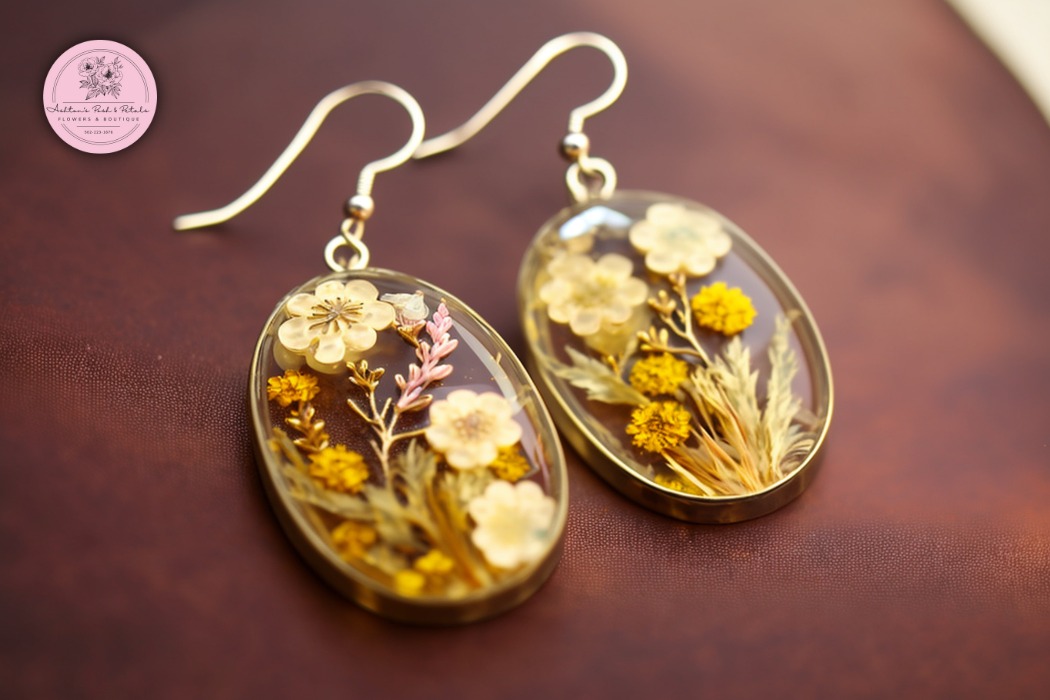
It's not always necessary to use chemicals or heavy tools to preserve flowers. Environmentally friendly methods tend to produce less trash and more natural drying. All you need is patience, paper, and string for the completely natural processes of air drying and pressing. You can reuse silica gel multiple times instead of throwing it away after using it.
For those looking for a more classic and unique choice, consider combining wood decorations, handcrafted frames, or recycled paper designs with dried flowers. In this manner, the flowers are not only dried but also used in an environmentally friendly, waste-reducing product.
Preserving Flowers for Special Events
Remembering a great moment is one of the most common reasons people keep flowers. Birthday flowers, graduation corsages, anniversary roses, and wedding bouquets are often emotionally charged. By preserving them, you can make a lasting memory of the occasion out of a temporary gift.
You may want to combine several strategies for important events. For example, you can use silica gel to preserve the larger flowers from the wedding bouquet, and press a couple of the blooms to keep in a memory book. By doing this, you preserve different aspects of the arrangement in different ways, creating a whole keepsake.
Every flower has different maintenance requirements and blooms in different seasons. The floppy petals of springtime flowers, such as tulips and daffodils, like to be compressed or preserved in silica gel. Sunflowers and roses, which are stronger in the summer, can be successfully air-dried. Dry flowers, such as marigolds or chrysanthemums, hold their colors the best.
Additionally, glycerin or resin are the finest ways to preserve certain winter flowers that can also be used in holiday arrangements. You can choose the best approach if you know when your bloom will bloom. You can then preserve seasonal blooms in a way that best showcases their unique beauty.
Common Mistakes to Avoid
Even though flower maintenance is simple, beginners frequently make mistakes that affect the final product. Using already-wilted flowers is one such mistake. The petals cannot be effectively kept once they soften and begin to turn brown. Another mistake is to expose preserved flowers to the sun, which quickly bleaches them. Mold can also grow if they are kept in moist areas like kitchens and bathrooms.
Another important part is patience. The procedure is prevented by human nature from checking on their flowers too soon. Whether you're using glycerin, pressing, or drying, you should give the flowers their full time. You will achieve far better outcomes if you stay clear of these mistakes.
Tips for Beginners
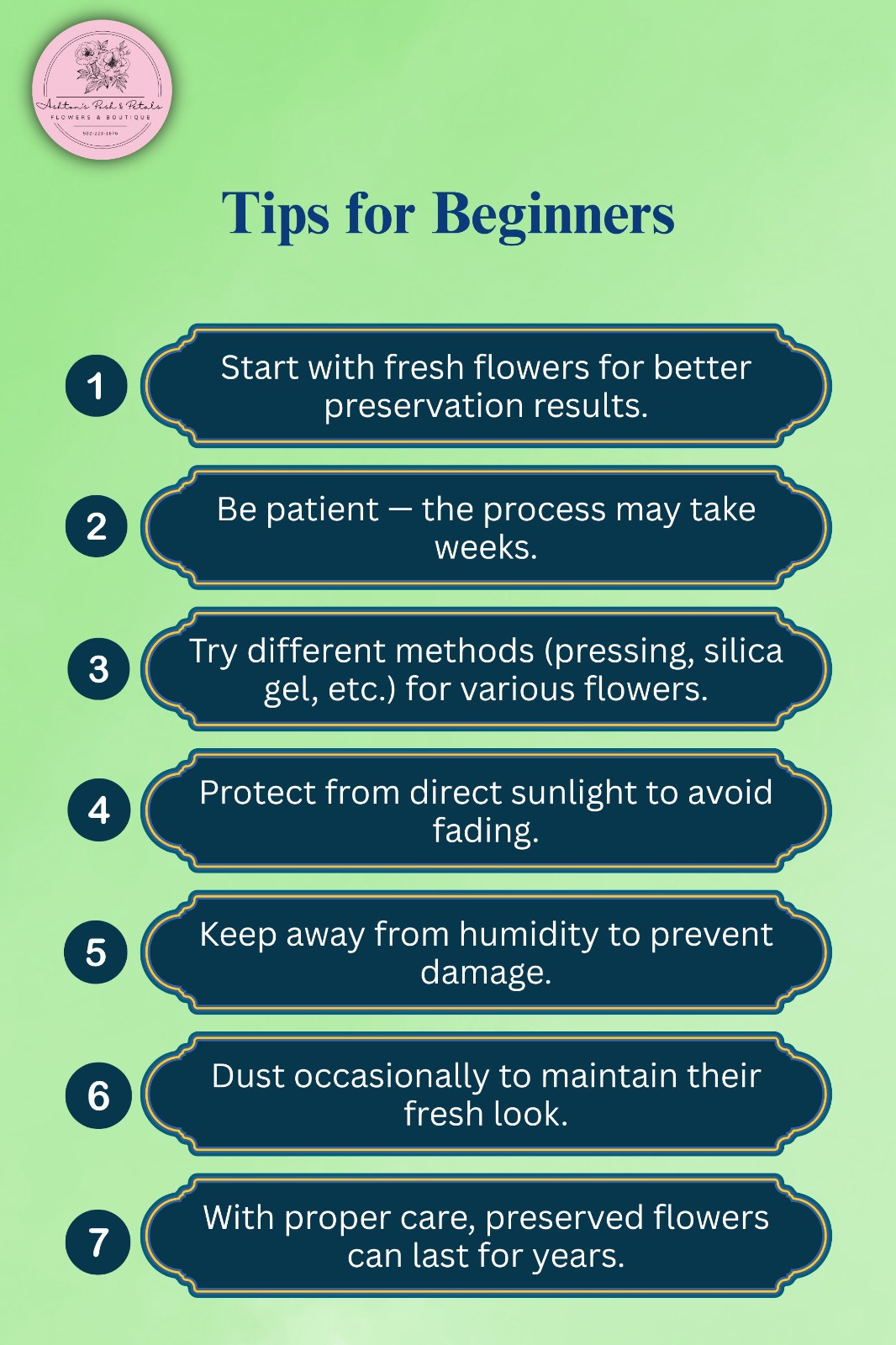
Always start with fresh flowers when preserving them. They will appear lovelier after preservation if they are in better shape first. Do not rush the process, instead, go carefully and gently. Allow a process to take weeks if it does. Because flowers are delicate, the best results will come from patience.
It's also a good idea to experiment with different approaches. The way that different kinds of flowers respond varies. Smaller wildflowers might be best pressed, but roses, for example, are fantastic when dried with silica gel. You will find what works best for you with experience and patience.
Your flowers will live longer if you take good care of them after you have successfully preserved them. They will become pale if they are exposed to direct sunshine. Moisture can damage them, so keep them away from humid environments.
To keep them looking new, dust them from time to time. The preserved flowers can last for many years if they are handled appropriately. The memories and meaning that first made them unique will still be there.
Conclusion
Flowers are symbols of love, happiness, and remembering that go beyond simple decoration. You can keep those memories for a longer period of time by preserving flowers. Every technique has its own charm, whether it's air drying, pressing, silica gel, glycerin, or resin. With a little perseverance, even for a beginner, it is simple and enjoyable.
Flowers are given a second opportunity through conservation. You can preserve them as mementos, decorations, or artwork rather than letting them wither and wilt. Anyone may turn a delicate bouquet into a beloved memory by following easy steps and taking caution.
FAQs
Can any flower be preserved?
Most flowers can be preserved, but some methods work better than others depending on the flower’s size and texture. Roses, daisies, lavender, and pansies are especially popular choices.
How long do preserved flowers last?
Depending on the method and care, preserved flowers can last from several months to many years. Resin and silica gel methods often last the longest.
Do preserved flowers keep their scent?
Usually, preserved flowers lose most of their natural fragrance. However, you can add a few drops of floral essential oils nearby if you want to enjoy a similar scent.
Is flower preservation expensive?
Not at all. Simple methods like air drying and pressing cost almost nothing, while silica gel and resin may require a small investment but are still affordable for beginners.
Can I preserve a whole bouquet?
Yes, but it is often easier to preserve individual flowers separately. Once preserved, you can arrange them again into a bouquet for display.

